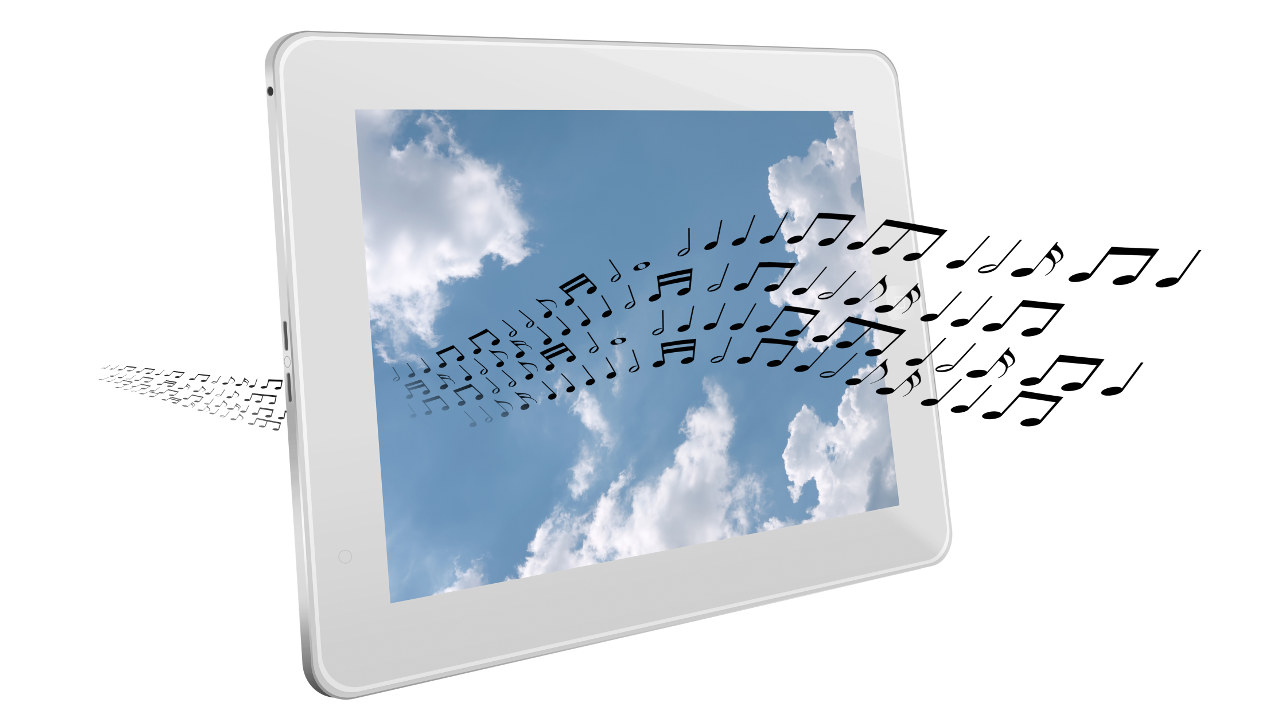3 Digital Tools for Remote Music Education
You can't stop the music, and districts are using these digital tools for remote music education so the beat goes on

Although many districts have been forced to eliminate music, band, and chorus this year as they navigate the pandemic, technology can still keep the music alive. These remote music education platforms can engage students as they boost comprehension, infuse creativity, and improve social-emotional learning (SEL) skills.
One chord at a time
“One of the hardest things about not having in-person classes is that you can’t teach practice skills,” says Sarah Gulish, Ph.D., music teacher at Lower Moreland High School in Huntingdon Valley, Pennsylvania. “On their own, students may navigate aimlessly.”
Thanks to Moosiko, a new platform for remote/hybrid guitar classes, however, Gulish’s students aren’t missing a beat. The selling point, she says, is that it’s pre-sequenced: Students learn a chord, play it with quality sound, practice it, and have to hit benchmarks before they move on.
“I can see students’ statistics and track their learning, which is valuable data,” says Gulish. “It’s helpful for teachers who are advocating for programs and seeing what music does for students while we are remote.”
One of her students who struggled with self-motivation had difficulty knowing what or how to practice. Having it broken down into small steps was essential. Even better, the program reminds kids to take breaks.
“People are creating incredibly supportive tools,” Gulish says. “The best ones provide a space online or in person for children to feel a sense of welcome and have a teacher guiding them. Once we get through the pandemic, I think a lot of these tools will still be used in class.”
Collaboration is key

Gorham Middle School is one of the only schools in Maine that is allowing specials to continue in person this year with many safety precautions in place. That pleases Tracy Wheeler Williamson, general music teacher and choral and steel band director. “We are doing a hybrid model so we will continue to use music technology to help facilitate collaboration between students in person and students at home,” Williamson says.
Tools and ideas to transform education. Sign up below.
One of the programs Williamson loves to use is Soundtrap, an application that lets students record sounds and/or use built-in sounds and sound effects to create podcasts and songs. “There are other digital audio workstations, but Soundtrap lets groups of students work together in real time,” says Williamson. “The collaboration makes it perfect for distance learning.”
Williamson’s students create compositions in music class to learn about form and genre, and use the program’s text chat so she can see their planning process. Her sixth-grade students write and record blues songs in Soundtrap. She also relies on the platform to assess her chorus students, rather than using the limited class time to do so. “I see my chorus students only once a week,” she says. “Soundtrap lets me make a template with prompts that I can push out in Google Classroom.”
Ultimately, it’s all about the collaboration. “Communicating together within the app as you’re building pieces and recording is a great way to get to know each other as you’re being creative,” Williamson says.
Music-math connection
As the math supervisor for the 60,000 students in Knox County Schools, Gary A. Petko constantly looks for new ways to help students understand math. “A few years ago, we had an initiative to integrate the arts into math,” Petko says. “The Great Schools Partnership put us in touch with Muzology, which focuses on using music to learn math.”
Since music activates the regions in the brain that are key for successful learning. Petko was intrigued, thinking about how chords and notes make it easier to memorize lyrics. “I still remember every single word from The Devil Went Down to Georgia,” he says.
In 2016, a group of Knox County middle schoolers who were not algebra-ready tested Muzology in a four-week summer program. They watched videos about adding fractions and took practice quizzes. “The kids loved it,” says Petko. “The songs were catchy, the singers and videos were relatable, and the students sang the songs and memorized the steps.” By learning the math vocabulary, the students improved their skills. In fact, the students who used Muzology performed two times better on assessments than a control group who didn’t use the program.
Based on that success, the district increased use of the platform. Today, students create their own songs and teachers use the videos for everything from introducing topics to reinforcing materials to test preparation.
“Math intervention has been a huge priority, and some of our high school and special ed students have used Muzology,” says Petko. “By integrating music into math, we’ve been able to engage kids who we thought would never be engaged.”
